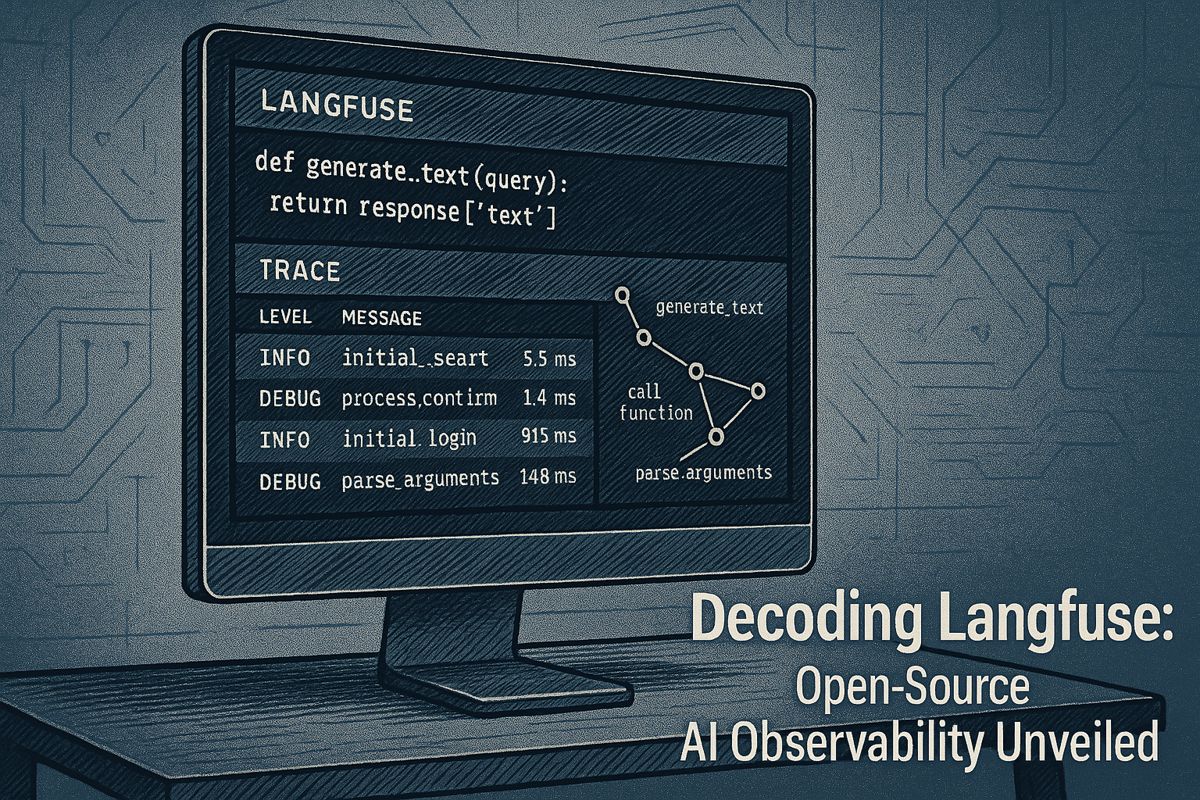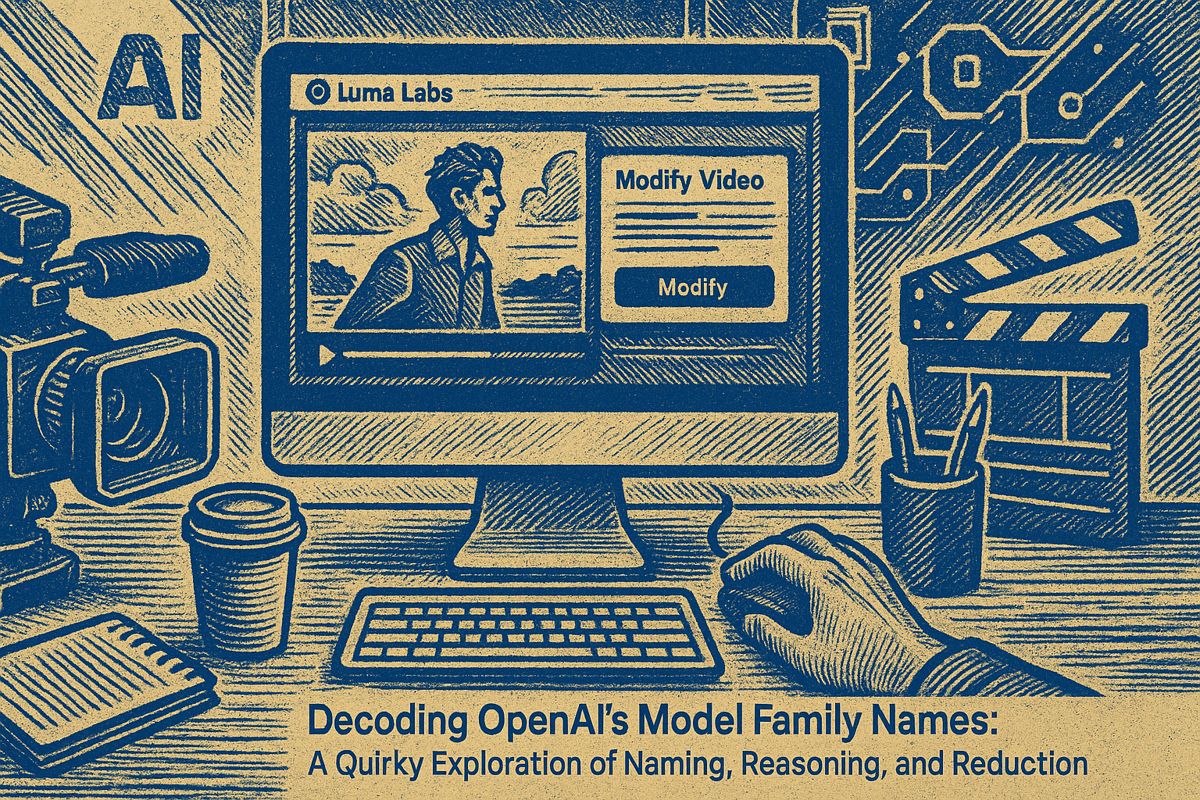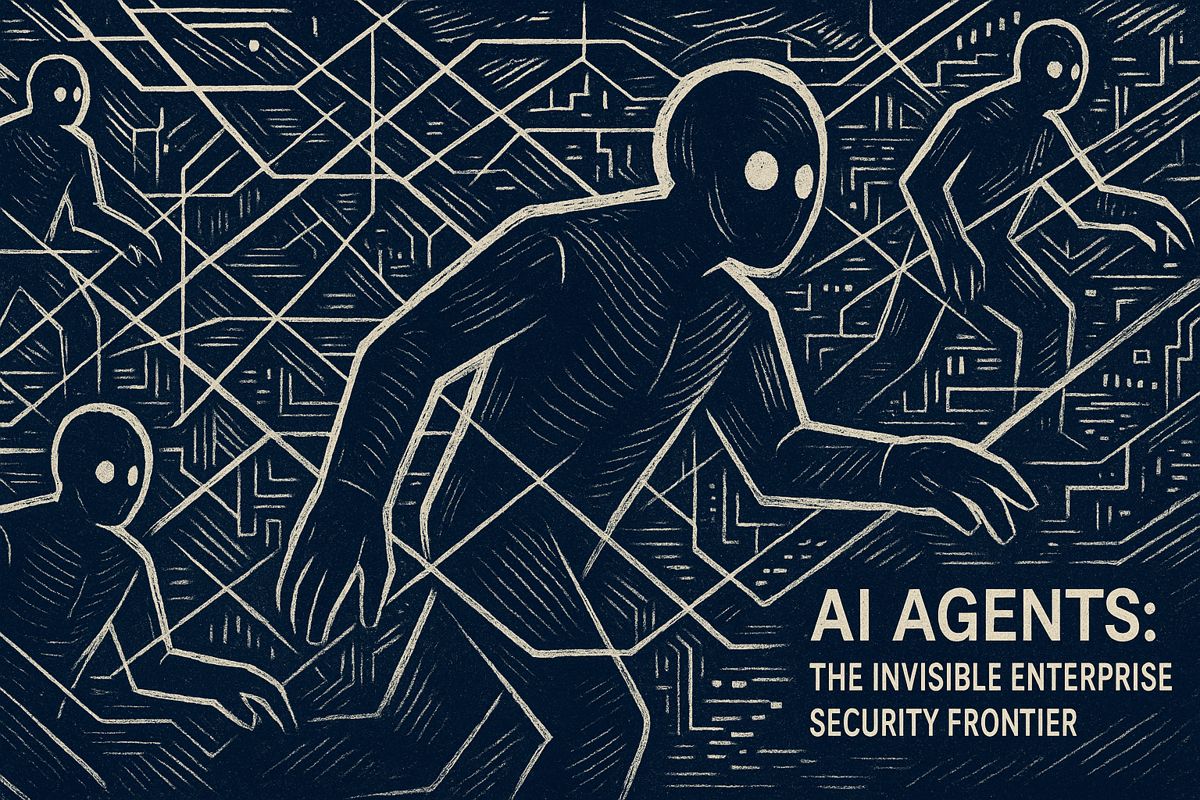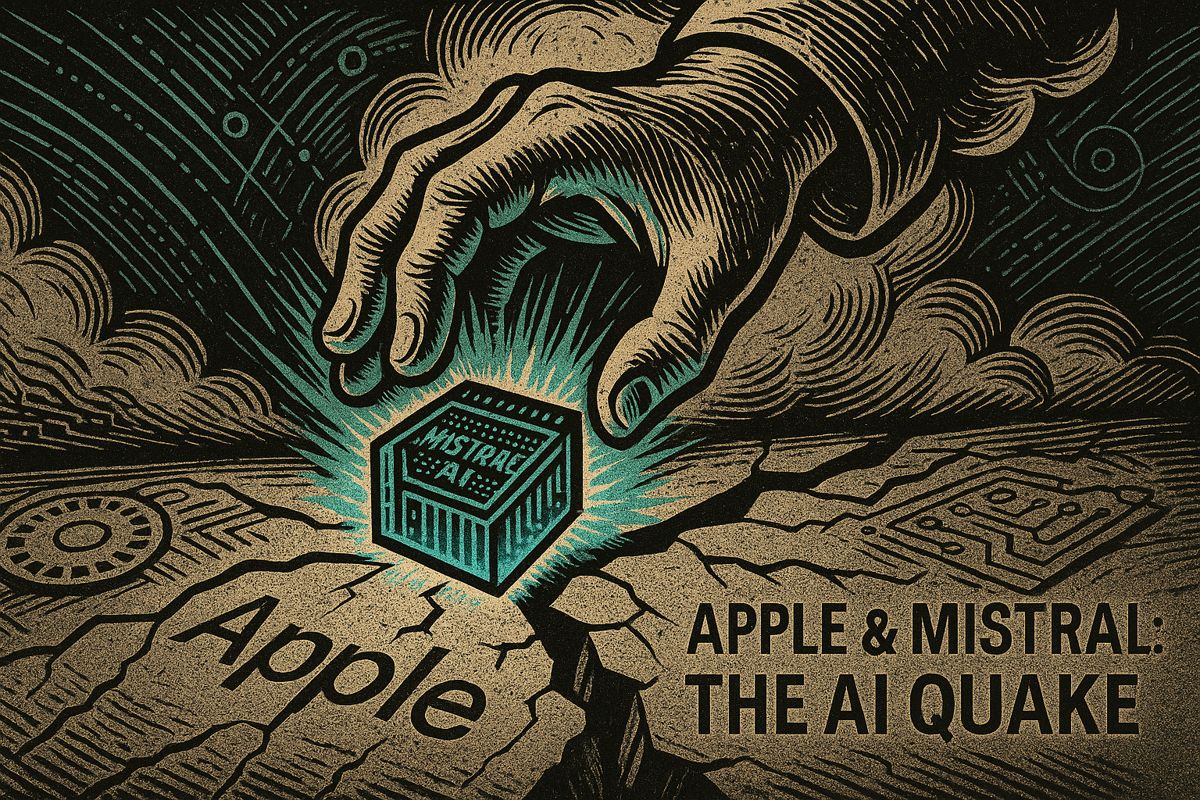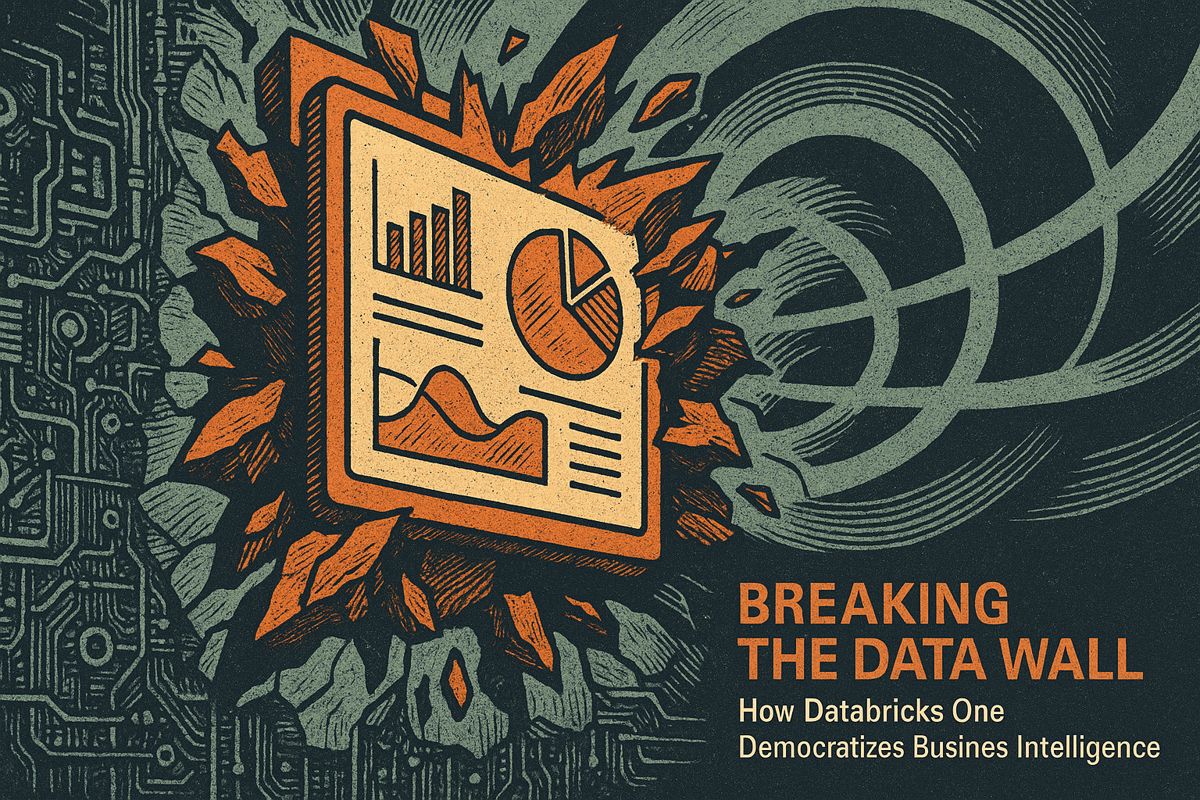Here’s the text with the most important phrase in bold markdown:
Langfuse, an open-source observability platform for large language models, has released its core features under the MIT license, dramatically improving developers’ ability to trace, evaluate, and monitor LLM performance. By making advanced debugging tools freely available, the platform democratizes access to sophisticated LLM development capabilities, allowing teams to peek inside complex AI systems with unprecedented clarity. The platform offers comprehensive features like detailed tracing, flexible evaluation methods, and support for various media types, enabling developers to understand and improve their AI applications. While enterprise-level security features remain paid, the core system is now open for anyone to use, remix, and even commercialize. This move represents a significant step towards making AI development more transparent, collaborative, and accessible to a broader range of developers and organizations.
What is Langfuse and Why Does Its Open-Source Release Matter?
Langfuse is an open-source observability platform for large language models (LLMs) that provides comprehensive tracing, evaluation, and monitoring tools. By releasing core features under the MIT license, it democratizes access to advanced LLM development and debugging capabilities for developers and organizations.
Nostalgia, Nightmares, and New Beginnings
It’s funny what jolts a memory—sometimes, a splash of news online catapults me straight back to my haphazard early days with code. Back then, “open source” felt like a cryptic handshake exchanged in IRC channels, not the vast, bustling agora it’s become. Reading about Langfuse’s move to open-source all its non-enterprise features under the MIT license sent a lightning bolt of anticipation through me. I’ll admit, there was a note of nostalgia too, echoing those frantic hackathon nights spent wrestling with code and caffeine in equal measure.
I still remember the agony of my first real machine learning debugging session. Picture this: a torrent of logs scrolling past, each one as inscrutable as a Kafka short story, and me—squinting at the screen, praying for a clue. Debugging back then felt as much like divining tea leaves as it did actual engineering. So when I see a company like Langfuse laying their observability platform bare for all, well, I can’t help but think: at long last, the tools are catching up to the dreams.
Does this sound hyperbolic? Maybe a little. Yet, there’s a real thrum of excitement here, like the buzz of a server room at midnight—cool air, blinking LEDs, and the promise of discovery.
What Langfuse’s Open-Source Move Really Means
Let’s get granular. In March 2024, Langfuse flung wide the gates to its core LLM observability platform, making key features—tracing, evaluation, prompt management, annotation, and experiment tracking—available under the MIT license. That’s not just a polite gesture; it’s an overhaul for everyone mucking about with large language models in production, from scrappy startups to the likes of Anthropic or OpenAI.
Their tracing tool can zoom in on every API call, every context retrieval, or prompt mutation, peeling back the layers like an onion—sometimes with tears, sometimes with delight. Evaluations? They’ve got both the LLM-as-a-judge setup and old-fashioned manual scoring, plus a user feedback pipeline for the full sensory arc: code, context, and commentary. The platform welcomes not just text, but audio, images, and attachments; it’s like trading in a bicycle for a Tesla, only this one runs on open code.
Of course, the line between free and paid is drawn, not with a sneer, but with pragmatic clarity. If you crave advanced security, audit logging, and strict data retention, those stay under lock and key for enterprise customers. But the bones of the system—the bits you truly need to see what’s happening inside your LLM-driven apps—are there for the taking, remixing, and even commercializing. (Have I mentioned the MIT license? It’s about as permissive as a golden retriever.)
The Shape of the Future: Ecosystem, Imperfections, and My Own Stumbles
I’ll confess, I once tried cobbling together my own observability stack—pulling in bits from LangChain, hacking up logging scripts, wondering if I’d ever find the bug nipping at my heels. Readers: I did not. But Langfuse changes that calculus. This isn’t just a “nice-to-have”; it’s more like switching from candlelight to LEDs overnight. And, yes, it’s thrilling.
But let’s pause. If you’re a skeptic (as I sometimes am), you’re probably wondering: is this open-core model just freemium with fancier branding? Maybe. Yet, the difference is in the sauce: with open code, you’re not just a customer—you’re a potential collaborator, a critic, even a competitor, if you’re feeling bold. The psychological boost here shouldn’t be underestimated; it’s the difference between peering through frosted glass and swinging open the window for some actual air.
Curiously, Langfuse’s own team puts their platform to the test internally—LLMs and bots reviewing pull requests, maintaining docs, and chasing down regressions. It’s a feedback loop, not unlike a chef taste-testing their own soup. I find that oddly reassuring, even if I suspect they occasionally mutter at their screen the way I do. The whir of automated builds, the gentle hum of anticipation—there’s something almost tactile about it.
You can’t fix what you can’t see—truer words, borrowed from the pages of The Journal of Machine Learning Research, have rarely been spoken. Now, with Langfuse’s core thrown open, measuring the health and sanity of your generative AI stack has gotten not just easier, but more democratic.
And if I sound a little breathless, forgive me. There’s something exhilarating about seeing a toolset once reserved for the well-funded few become common property. Will this fix every LLM headache? Of course not. But it’s a step closer to clarity, and as anyone who’s ever spent a weekend debugging a “spontaneously creative” model will tell you, that’s a leap worth celebrating.
Oops—did I just get sentimental? Maybe, but only a touch. Anyway…
Now, let’s see what the community builds next.

